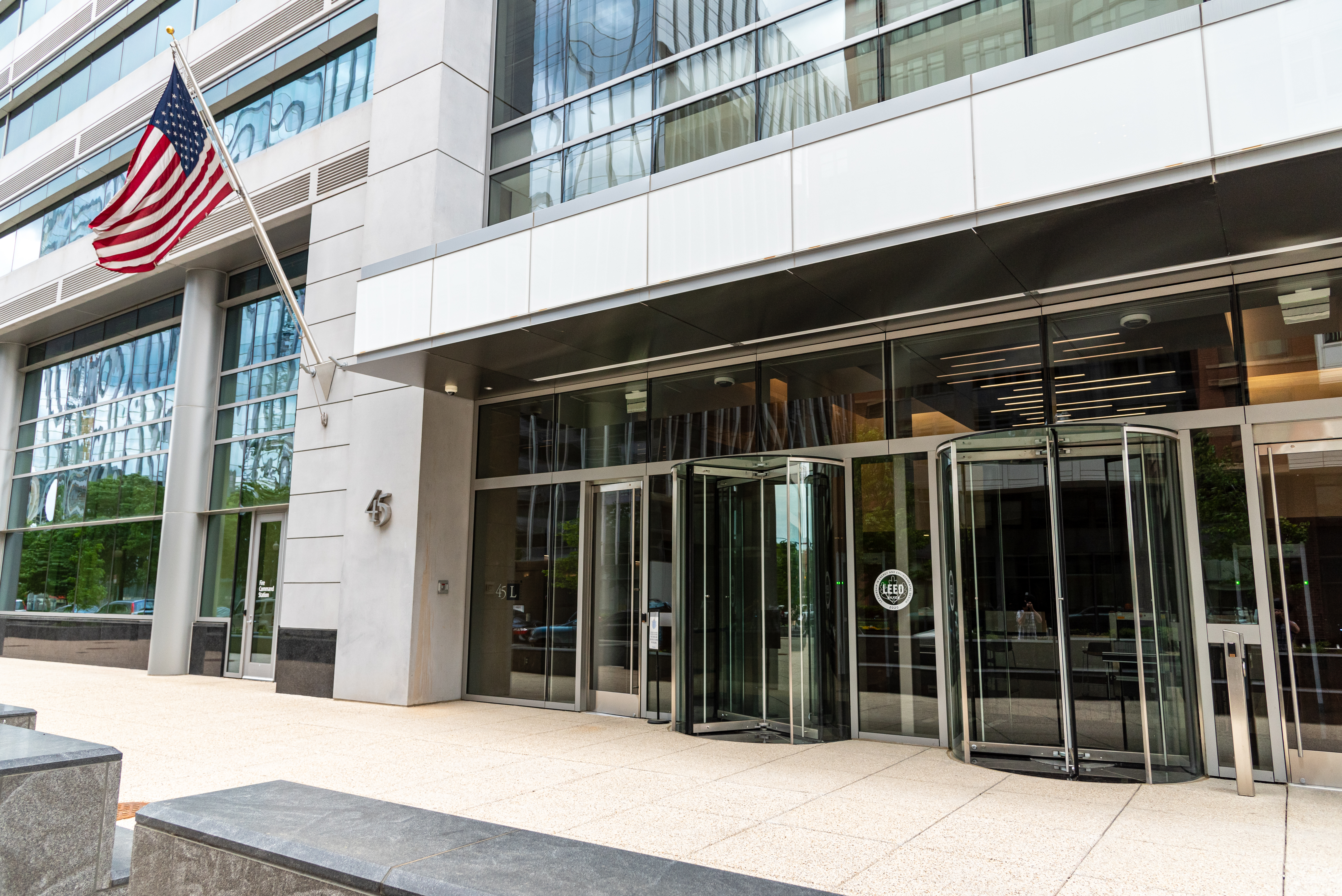FCC Seeks Public Comments on NAB's NextGen TV Proposals
The agency is asking for comments on a NAB proposal that the FCC approve a transition to ATSC 3.0 broadcasts in the top 55 markets in 2028

WASHINGTON—The Federal Communication Commission’s Media Bureau has issued a Notice seeking comments on a major filing by the National Association of Broadcasters that proposes significant rule changes to speed up the transition to NextGen TV aka ATSC 3.0 broadcasts.
The issue is an important one for broadcasters who have united around the view that a fairly swift transition to broadcasting exclusively in ATSC 3.0 will provide them with the spectrum needed to achieve the full capabilities of the new standard. Currently, stations are typically using one station in the market to broadcast 3.0 signals while the others continue to provide ATSC 1.0 feeds.
In a February filing, the NAB proposed that the Commission mandate a two-phased transition deadline. In the first phase of the NAB proposal, full-power stations in the top 55 markets (reaching about 70 percent of viewers) would be required to transition fully to ATSC 3.0 (i.e., end ATSC 1.0 simulcasting) in February 2028, with limited waivers for smaller and noncommercial stations if necessary. In the second phase of the NAB proposal, stations in the remaining markets would be required to transition fully to ATSC 3.0 in February 2030. The full NAB filing can be found here.
In response, the FCC is seeking comments at Docket 16-142 on the NAB filing and on a report submitted by NAB summarizing efforts undertaken as part of the Future of Television Initiative (FOTVI).
In addition to the issues raised in those filings, the FCC also said that it seeks “comment on any additional issues that are important to resolve before, or in the context of, any transition, whether or not those issues are raised in the Petition or FOTVI Report." Those include:
- “For example, we seek comment on whether any marketplace barriers have impacted efforts to deploy ATSC 3.0 and, if so, what are those barriers (e.g., consumer awareness, demand, access to devices, costs to broadcasters, costs to other industry stakeholders, costs to consumers, regulatory obstacles, etc.)? How can, or should, the industry and/or the Commission address such barriers?"
- "Are there intermediate steps the Commission could or should take to increase flexibility for broadcasters as they transition to ATSC 3.0? For instance, could or should the Commission permit the use of MPEG4 compression on certain programming streams and if so what costs or burdens would be associated with such action? Are there issues specific to VHF reception that the Commission could or should consider with respect to a transition to ATSC 3.0, such as the impact of the noise floor in ATSC 3.0? If so, are there steps the Commission could or should take to increase the utility of VHF channels in support of transition to ATSC 3.0, such as permitting increased power levels in VHF? If so, what are the costs or burdens associated with such action?
- "Also, the Commission has received thousands of consumer comments objecting to broadcasters employing the use of Digital Rights Management encryption on their ATSC 3.0 signals because the complaints state that such action has resulted in the consumer’s inability to receive programming despite having purchased an ATSC 3.0 enabled device. What steps can or should the industry and/or the Commission take to ensure broadcasters are able to protect their content and signal, while also ensuring viewers are able to continue to view a station’s free over-the-air signal in ATSC 3.0 just as they do today?
- "Further, the Commission previously declined to adopt rules to allow broadcasters to use vacant channels as temporary transition channels to deploy ATSC 3.0 service...Have marketplace conditions changed with respect to the use of vacant channels in this regard and, if so, could such changes make it beneficial to allow the use of vacant channels to transition without imposing excessive costs on other stakeholders?
- "In addition, the Commission has said that it expects the `fundamental use' of television broadcast spectrum to continue to be the provision of free, over-the-air television service, but has not yet addressed the question of how much “spectral capacity” a Next Gen TV station must ultimately devote to free, over-the-air television service....Should the Commission define this expectation in the context of Next Gen TV and if so how should it be defined? We seek comment on these additional matters and any other issues that parties believe should be considered in this proceeding."
The full document is available here. TV Tech's full FCC coverage can be found here.
Our full NextGen TV coverage is here.
Get the TV Tech Newsletter
The professional video industry's #1 source for news, trends and product and tech information. Sign up below.
George Winslow is the senior content producer for TV Tech. He has written about the television, media and technology industries for nearly 30 years for such publications as Broadcasting & Cable, Multichannel News and TV Tech. Over the years, he has edited a number of magazines, including Multichannel News International and World Screen, and moderated panels at such major industry events as NAB and MIP TV. He has published two books and dozens of encyclopedia articles on such subjects as the media, New York City history and economics.

